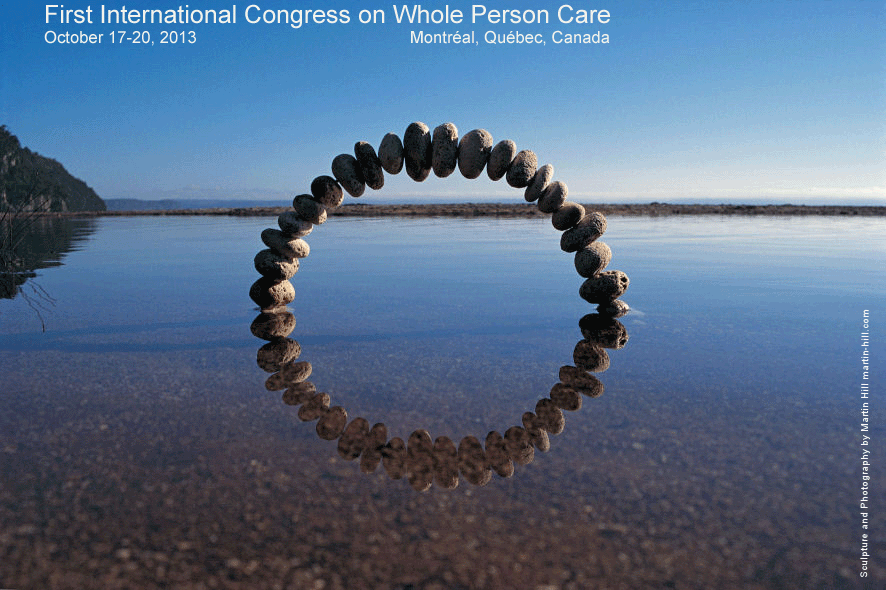Abstract
Objectives: 1) To build on existing theory about the health and wellbeing of medical students and physicians; 2) To explore barriers to educational and institutional change; 3) To identify current educational innovations that improve the resilience of students and future doctors.Methods: Current explanatory models and research findings have been augmented through interviews with key academics and educators in North America, Australia and UK, as well as through reviewing innovative curricular interventions related to health and wellness of students and physicians.Results: Medical students are at risk of anxiety, depression and burnout,(1) while doctors suffer a range of occupational health hazards that illustrate psychological vulnerability.(2) Many commentators have called for changes to undergraduate education to improve the general resilience of doctors.(3, 4) The long delay in addressing physician stress may relate to the tacit assumptions of biomedicine that act as guiding principles in clinical practice.(5) While helpful in increasing the efficacy of modern medicine, these assumptions act as barriers to more progressive curricula. A ‘whole person care’ paradigm of patients is becoming well theorised, but acknowledging the ‘whole person’ of the student and physician is still work-in-progress. Fortunately, recent initiatives in many countries illustrate substantial progress. Undergraduate programs now focus on self-awareness, interpersonal skills, work-life balance, whole person care, and career choice. Methods vary widely and include coaching on physical, mental, and emotional health. Mindfulness, mentoring and Balint groups are increasing. Reflective practice is a prominent feature in a revised approach to professionalism.Conclusions: There is increasing evidence that the self-care of physicians will impact on patient outcomes. (6, 7) We also have a moral responsibility as educators, faculty and senior clinicians to provide more humane learning and working environments for students and doctors. Innovative educational initiatives are finding ways to overcome significant historical and institutional barriers.References1. Jennings M. Medical student burnout: interdisciplinary exploration and analysis. J Med Humanities. 2009;30(4):253-69. 2. Linzer M, Gerrity M, Douglas JA, McMurray JE, Williams ES, Konrad TR. Physician stress: results from the physician worklife study. Stress Health. 2002;18(1):37-42. 3. Dunn L, Iglewicz A, Moutier C. A conceptual model of medical student well-being: promoting resilience and preventing burnout. Acad Psychiatry. 2008;32(1):44-53.4. Seritan A, Hunt J, Shy A, Rea M, Worley L. The state of medical student wellness: A call for culture change. Acad Psychiatry. 2012;36(1):7-10.5. McWhinney I. Changing models: The impact of Kuhn's theory on medicine. Fam Pract. 1984;1(1):3 -9.6. West CP, Tan AD, Habermann TM, Sloan JA, Shanafelt TD. Association of resident fatigue and distress with perceived medical errors. JAMA. 2009;302(12):1294-300. 7. Wallace JE, Lemaire JB, Ghali WA. Physician wellness: a missing quality indicator. The Lancet. 2009;374(9702):1714-21.
